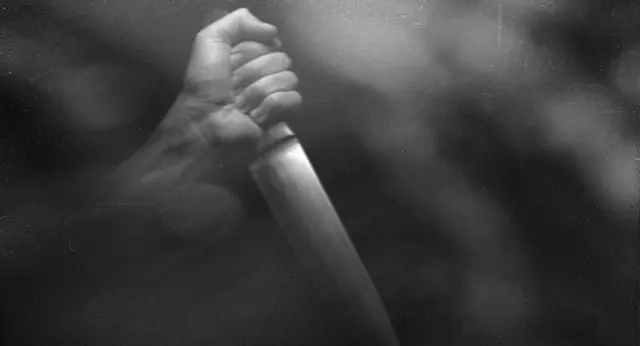The ancient stones stood silently on the grassland for thousands of years, with their myths attracting numerous visitors from around the globe.
There are a group of people taking care of the Stonehenge, so that the myths could pass on.
"It is interesting to see and talk with people from all over the world, with different faces and different beliefs," said Beatrice Carroll, one of the three supervisors at the site.
An icon of the Great Britain, the megalithic monuments were believed to be built between 3,000 BC to 2,000 BC. They might be used as a giant calendar, for sunshine leaked through different arches of the giant circle at different seasons of the year. Other believed that it was a temple for sun worship, and the blue stones had healing effects.
In fact, several mysteries remained unresolved. For instance, some of the stones, 45 to 50 tons in weight, were originally from Wales. When archaeologists believed that they arrived by rafts, some others would rather think that they were carried by giants.
The site now attracts about one million visitors each year, professionals and ordinaries tourists alike, 60 percent of whom from overseas.
"We have got nearly 20 staff here," said Carroll, adding that these people were positioned at different places, such as the ticket office, the audio guide center and the stone circle.
According to Carroll, there are four or five historic property stewards (HPS) at the Stonehenge, whose routine job is to look after the monuments, inform the public and keep the site clean.
Taking a stroll around the circle while having interview, Carroll explained to Xinhua the daily work of an HPS as she once had been, picking up litters and doing spiking when it was wet so that water could sink into the land.
She also talked with visitors, answering their questions. "Although they have audio guide, many still like to talk with us, asking about the history and legends," she said.
Throughout the years she discovered many celebrities who visited the site, like Matt Damon, Nicolas Cage and Whitney Houston before her death.
But most of the visitors were ordinary people. "Anyone can find a bit of self here," Carroll said quite philosophically.
Carefully placing a teddy bear on top of a pillar in front of the giant stones, a man held up a camera to take a photo. For a decade, Doreen and her husband have traveled with the bear to many places and recorded different moments.
"Stonehenge is too famous to miss," said Doreen. They asked Carroll if she could take a photo for them and the latter agreed gladly. "Look, this is another work that I usually do," she said.
Some visitors have special stories. Carroll remembered seeing several men proposing at the Stonehenge. "Once a man knelt down on the path with a ring," she recalled. "When his girlfriend finally said 'yes', everyone clapped."
There were sad moments too.
In the past people borrowed hammers and chisels so as to carve their names on the stones. When it came to the 1970s, visitors left graffiti. To protect the prehistoric site, local government decided to rope off the stones in 1978.
Carroll remembered a lady applying for special access into the Stonehenge.
"She wanted special connection with the stones," said the supervisor, recalling that the visitor was young but suffering from cancer, so ill as to be confined to a wheelchair.
"She wanted to touch the stones before death." The request was finally approved. When the lady finally entered the circle and struggled to stand up, the moment was too emotional for Carroll to forget.
Maybe the job sounds interesting and privileged, but those who actually work there know the hardship. "In summer the sun was scotching, while in winter, when the wind blows, it was very cold," Carroll said.
But there are staff like Carroll who worked there for many years, with the longest-serving staff Barry being at the Stonehenge for 23 years.
During the years, he saw changes. For instance, he found the number of Asian visitors growing, and more and more Chinese faces appeared.
The latest change might be the building of a new visitor center.
After the center opens to public on December 18, visitors for the first time will be able to learn more about the complex monument at a permanent exhibition, while a 360-degree virtual experience will let visitors "stand in the stones", before they could find nearly 300 prehistoric artifacts there.
"We will be providing a much better, broader experience," said Hugo van Maasakkers, Property Manager Stonehenge and Old Sarum.
Carroll told Xinhua that the number of staff is to be doubled after the visitor center comes in use. And the history, the legends, and the mysteries about the monuments could be better learned by the future generation.
 简体中文
简体中文





